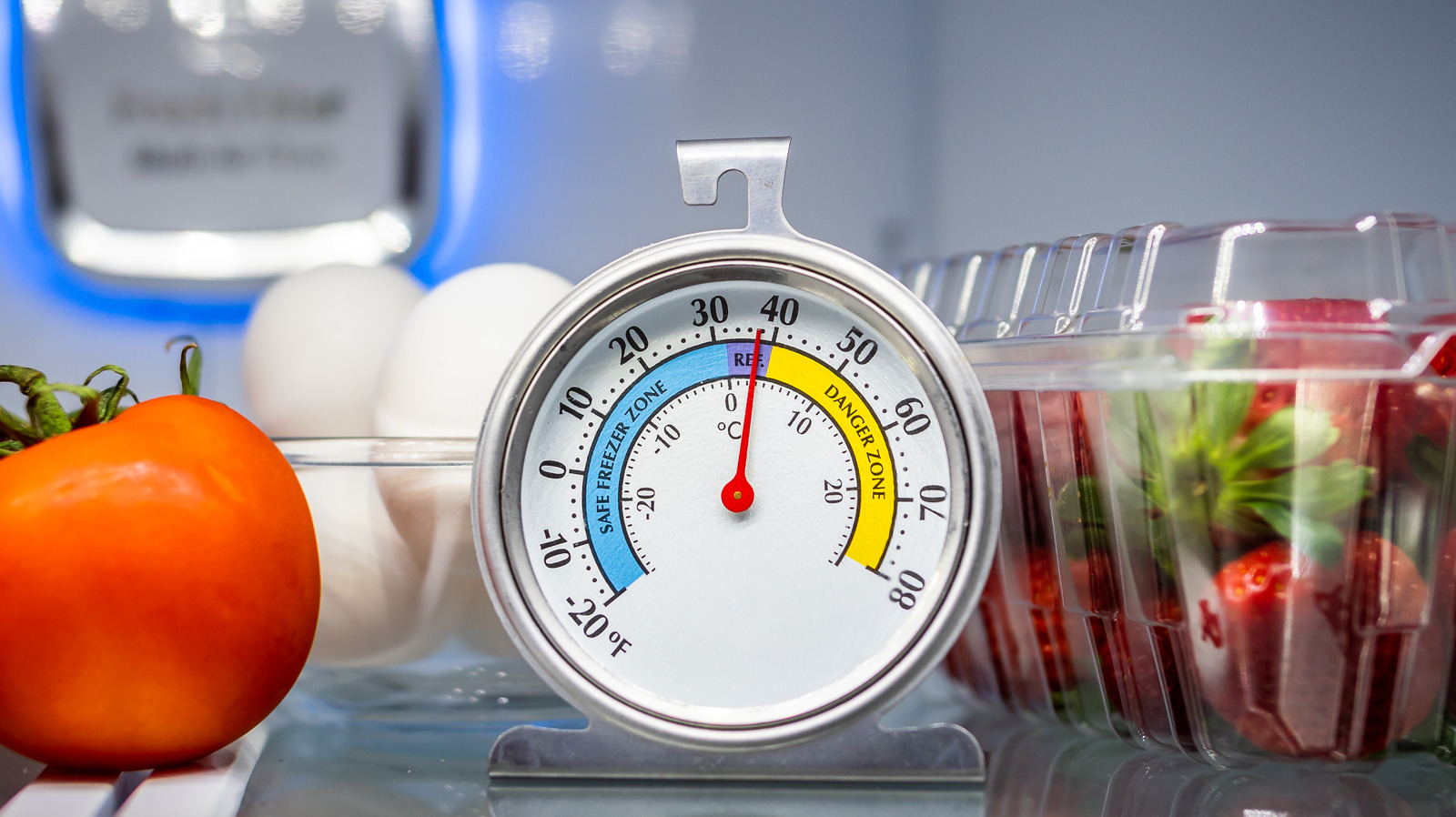

Articles
What Is A Good Freezer Temp
Modified: February 27, 2024
Learn about the ideal freezer temperature and how to keep your freezer running efficiently with helpful articles and tips.
(Many of the links in this article redirect to a specific reviewed product. Your purchase of these products through affiliate links helps to generate commission for Storables.com, at no extra cost. Learn more)
Introduction
Welcome to the world of freezers! These essential appliances have become an integral part of our daily lives, keeping our food fresh and preserving it for extended periods. Whether you’re storing meat, vegetables, ice cream, or other perishable items, maintaining the right freezer temperature is crucial for both food safety and quality. In this article, we will delve into the importance of maintaining proper freezer temperature, the recommended temperature settings, factors affecting freezer temperature, tips for setting and monitoring the temperature, and the potential risks of incorrect temperatures.
When it comes to the freezer, temperature control is more than just a matter of preference. It directly impacts the longevity and quality of the food stored inside. Freezing food at the right temperature slows down the growth of bacteria, yeast, and molds, helping to preserve its texture, flavor, and nutritional value. On the other hand, incorrect freezer temperatures can lead to spoiled food, freezer burn, and even foodborne illnesses.
Before we dive into the details, let’s first understand the recommended temperature range for freezers. This range ensures that your food remains safe and stays in optimal condition. Stick around to discover the factors that influence freezer temperature and gain valuable tips for maintaining the perfect temperature for your freezer.
Key Takeaways:
- Proper freezer temperature is crucial for food safety, nutritional preservation, and cost savings. Regular monitoring, organization, and avoiding overloading are key to maintaining optimal conditions.
- Incorrect freezer temperatures can lead to food spoilage, freezer burn, nutrient loss, and increased risk of foodborne illnesses. Maintaining the right temperature is essential for food safety and quality.
Read more: What Temp Should Samsung Freezer Be
Importance of Maintaining Proper Freezer Temperature
Keeping your freezer at the proper temperature is of utmost importance for several reasons. Let’s explore the key reasons why maintaining the right freezer temperature is crucial:
1. Food Safety
One of the primary reasons to maintain proper freezer temperature is to ensure food safety. The freezing process helps to inhibit the growth of harmful bacteria, which can cause foodborne illnesses. By keeping your freezer at the recommended temperature, you reduce the risk of bacterial growth and food contamination, ensuring that the food you store remains safe to consume.
2. Preservation of Nutritional Value
The proper freezer temperature helps to preserve the nutritional value of the food you store. Freezing food halts the natural deterioration process, helping to maintain its vitamins, minerals, and other essential nutrients. By storing food at the right temperature, you can retain the nutritional benefits and ensure that your family receives a healthy diet.
3. Quality and Shelf Life
Maintaining the correct freezer temperature is vital for preserving the quality and extending the shelf life of your food. Freezing food at low temperatures slows down the enzymatic reactions that cause food degradation, preventing color changes, texture loss, and flavor deterioration. By storing food at the right temperature, you can retain the freshness, taste, and texture of your food items, making them last longer.
Read more: What Temp To Set Thermostat In Fall
4. Cost Savings
Proper freezer temperature can also help you save money in the long run. When your freezer operates at the recommended temperature, it consumes less energy, resulting in lower electricity bills. Additionally, by keeping your food fresh and preventing spoilage, you avoid wastage and can maximize the use of groceries, leading to significant savings.
5. Organized Storage
Maintaining the proper freezer temperature allows you to organize your storage effectively. When food remains properly frozen, it doesn’t develop ice crystals or freezer burn, which can impact its quality. With a well-maintained freezer temperature, you can arrange your items neatly without the fear of food getting damaged or compromised in quality.
Now that we understand the importance of maintaining proper freezer temperature let’s explore the recommended temperature range for freezers in the next section.
Recommended Temperature for Freezers
Setting the right temperature for your freezer is crucial to ensure the safe storage of your food. The ideal temperature varies depending on the type of freezer you have, whether it’s a standalone freezer or a freezer compartment in a refrigerator. Here are the recommended temperature ranges for both types:
Standalone Freezers:
The recommended temperature range for standalone freezers is between -18°C (0°F) and -23°C (-10°F). This temperature range is considered optimal for preserving the quality and safety of your frozen food items. It is important to note that prolonged exposure to temperatures above -15°C (5°F) can lead to freezer burn and affect the texture and taste of food.
Read more: What Temp Should AC Blow
Freezer Compartments in Refrigerators:
For freezers built into refrigerators, the recommended temperature range is slightly higher. It should be set between -15°C (5°F) and -18°C (0°F). Although this range is slightly warmer than standalone freezers, it is still low enough to keep your frozen food safe and maintain its quality.
It is crucial to use a reliable thermometer to monitor the temperature inside your freezer. This allows you to ensure that the temperature remains within the recommended range and make any necessary adjustments if required.
Factors Affecting Freezer Temperature
Several factors can affect the temperature inside your freezer. Understanding these factors can help you maintain the optimal temperature consistently:
Frequency of Door Opening
Every time you open the freezer door, warm air from the surroundings enters, causing the internal temperature to rise. Try to minimize the frequency and duration of door openings to maintain a stable temperature.
Food Packaging and Organization
The way you package and arrange food items in the freezer can affect the airflow and temperature distribution. Properly sealed and organized packaging helps maintain an even temperature throughout the freezer.
Location of Freezer
The location of your freezer can also impact its temperature. Placing it near a heat source, such as a stove or direct sunlight, may cause the temperature to rise. It is best to position the freezer in a cool and well-ventilated area.
Read more: How Long Are Tamales Good In The Freezer
Malfunctioning Thermostat
A malfunctioning thermostat can result in inaccurate temperature readings and fluctuating temperatures. Regularly check your freezer’s thermostat to ensure its proper functioning and recalibrate if necessary.
Frost Build-up
Excessive frost build-up can insulate the freezer walls, restricting the airflow and affecting temperature regulation. Regularly defrost your freezer to prevent frost accumulation.
Now that we have explored the recommended temperatures and factors affecting freezer temperature, let’s move on to the next section to learn some tips for setting and monitoring the temperature.
Factors Affecting Freezer Temperature
Several factors can influence the temperature inside your freezer. Understanding these factors can help you maintain the optimal temperature consistently and ensure the longevity and quality of your frozen food. Let’s explore the key factors affecting freezer temperature:
1. Frequency of Door Opening
Every time you open the freezer door, warm air from the surroundings enters, causing the internal temperature to rise. The more frequently you open the freezer door and the longer it remains open, the more significant the temperature fluctuations will be. Therefore, it is essential to minimize the frequency and duration of door openings to maintain a stable temperature.
Read more: How Long Is Soup Good In The Freezer
2. Food Packaging and Organization
The way you package and arrange the food items in your freezer can significantly affect the temperature distribution. Properly sealed packaging not only prevents freezer burn but also helps maintain an even temperature throughout the freezer. Additionally, organizing your food items efficiently allows for better airflow and temperature regulation.
3. Location of Freezer
The location of your freezer can impact its temperature. Placing it near a heat source, such as a stove or direct sunlight, can cause the temperature to rise. Ensure that your freezer is positioned in a cool and well-ventilated area away from any heat-emitting appliances or direct sunlight to maintain the desired temperature.
4. Malfunctioning Thermostat
A malfunctioning thermostat can result in inaccurate temperature readings and fluctuating temperatures. Regularly check your freezer’s thermostat to ensure its proper functioning. If you suspect any issues, consider getting it repaired or replaced to maintain accurate temperature control.
5. Frost Build-up
Excessive frost build-up in your freezer can insulate the freezer walls, restricting airflow, and affecting temperature regulation. It is crucial to regularly defrost your freezer to prevent excessive frost accumulation. Depending on your freezer model, manual defrosting may be required periodically to maintain optimal temperature and functionality.
Read more: What Temp For Hot Tub In Summer
6. Overloading or Underloading
The amount of food stored in your freezer can also impact the temperature. Overloading the freezer inhibits airflow, leading to uneven cooling and potential temperature fluctuations. Conversely, underloading the freezer can cause the temperature to fluctuate as well. Aim to keep your freezer adequately stocked, taking care not to overload or underload it.
By considering and managing these factors, you can effectively maintain the optimum temperature in your freezer, ensuring the longevity and quality of your frozen food items.
Now that we understand the factors affecting freezer temperature, let’s move on to the next section to explore some tips for setting and monitoring the temperature effectively.
Tips for Setting and Monitoring Freezer Temperature
Properly setting and monitoring the temperature of your freezer is essential for maintaining the quality and safety of your frozen food. Here are some helpful tips to ensure you are doing it right:
1. Follow Manufacturer Guidelines
Refer to the manufacturer’s instructions or user manual for specific temperature recommendations for your freezer model. Different freezers may have slightly different temperature ranges, so it’s important to follow the guidelines provided to achieve the best results.
2. Use a Reliable Thermometer
Invest in a reliable thermometer to accurately measure the temperature inside your freezer. Place the thermometer in the middle of the freezer, away from the door, and ensure it is easily visible for monitoring. This will help you ensure that the temperature remains within the recommended range and detect any inconsistencies or changes promptly.
Read more: How Long Is A Steak Good In The Freezer
3. Set the Temperature Carefully
Use the temperature control settings of your freezer to set the desired temperature. Make slow and incremental adjustments, allowing time for the temperature to stabilize before making further changes. Avoid setting the temperature too low, as it may not only consume more energy but also lead to freezer burn or ice crystals on your food items.
4. Avoid Overfilling
While maximizing the use of freezer space is important, overfilling the freezer can restrict airflow and inhibit proper temperature regulation. It’s essential to leave enough space for the cold air to circulate freely. Aim to keep the freezer at around 75% full to ensure optimum airflow and temperature distribution.
5. Check Door Seals
Regularly inspect the door seals of your freezer to ensure they are in good condition and free from any cracks or gaps. Damaged seals can allow warm air to enter the freezer, leading to temperature fluctuations. Clean the door seals regularly and replace them if necessary to maintain a tight seal and minimize air leakage.
6. Monitor Temperature Regularly
Make it a habit to check the temperature inside your freezer regularly. Ideally, you should monitor the temperature daily or at least once a week. Record the readings to identify any patterns or deviations from the recommended range. This will help you address any temperature issues promptly and ensure proper food storage.
Read more: How Long Are Ribs Good In The Freezer
7. Be Mindful of Power Outages
In the event of a power outage, it’s important to minimize the opening of the freezer door to retain the cool temperature inside. Avoid opening the freezer unnecessarily and keep it closed as much as possible. If the power outage is prolonged, consider transferring your perishable items to a temporary storage solution, such as a cooler with ice packs, to prevent them from thawing.
By following these tips, you can effectively set and monitor the temperature of your freezer, ensuring the optimal storage conditions for your frozen food items.
Next, let’s explore the potential risks of incorrect freezer temperatures to understand the importance of maintaining the right temperature.
Potential Risks of Incorrect Freezer Temperature
Incorrect freezer temperatures can pose several risks, affecting both the quality and safety of your frozen food items. Let’s explore the potential risks associated with maintaining an incorrect freezer temperature:
1. Food Spoilage
If the freezer temperature is too high, bacteria can grow and multiply more rapidly, leading to food spoilage. This can result in unpleasant odors, discoloration, texture changes, and off-flavors in your frozen food. Consuming spoiled food can cause food poisoning and gastrointestinal issues.
2. Freezer Burn
Freezer burn occurs when food is exposed to air inside the freezer. It appears as dry, discolored patches on the surface of frozen food and can lead to changes in texture and flavor. Incorrect freezer temperatures or improper packaging can increase the risk of freezer burn, impacting the quality of your food items.
Read more: How Long Is Beef Good For In Freezer
3. Nutritional Loss
Freezing food at incorrect temperatures can lead to significant nutrient loss. Enzymatic reactions continue to occur at higher temperatures, causing the degradation of vitamins, minerals, and other essential nutrients. This can result in a decrease in the nutritional value of your frozen food items.
4. Increased Risk of Foodborne Illness
When frozen food is not stored at the proper temperature, harmful bacteria can multiply and cause foodborne illnesses. Consuming frozen food items contaminated with bacteria such as Salmonella or E. coli can lead to symptoms like nausea, vomiting, diarrhea, and in severe cases, even hospitalization.
5. Wasted Food and Money
Maintaining incorrect freezer temperatures can lead to food waste and financial losses. Spoiled or freezer-burned food will need to be discarded, resulting in wasted groceries and the need to repurchase items. Additionally, running a freezer at incorrect temperatures can lead to higher energy consumption, resulting in increased electricity bills.
6. Reduced Shelf Life
When frozen food is stored at incorrect temperatures, its shelf life is significantly reduced. The quality of the food deteriorates faster, leading to a shorter period for consumption. This can result in a loss of money and limited options for meal planning.
Given these potential risks, it is vital to maintain the proper freezer temperature to ensure the safety, quality, and longevity of your frozen food items. Now, let’s summarize the key points discussed in this article.
Read more: How Long Is Meat Good In The Freezer
Conclusion
Maintaining the proper temperature in your freezer is crucial for preserving the quality, safety, and longevity of your frozen food items. By following the recommended temperature range and implementing proper storage practices, you can minimize the risks of food spoilage, freezer burn, nutrient loss, and foodborne illnesses.
Setting and monitoring the temperature of your freezer should be done with care and attention. Use a reliable thermometer to ensure accurate readings, and adjust the temperature gradually to maintain stability. Avoid overloading the freezer, ensure proper packaging and organization, and regularly check the condition of the door seals.
Understanding the factors that can affect freezer temperature, such as door openings, location, malfunctioning thermostats, and frost build-up, can help you make necessary adjustments and maintain optimal conditions. Monitoring the temperature regularly and being mindful of power outages is also crucial to ensure the preservation of your frozen food.
Maintaining proper freezer temperature not only ensures food safety but also saves you money by preventing food waste and reducing energy consumption. It also allows you to maximize the nutritional value, taste, and shelf life of the food you store.
In conclusion, treat your freezer as a valuable asset in your kitchen and take the necessary steps to maintain the proper temperature. By doing so, you can protect and enjoy your frozen food items while ensuring a healthy and efficient food storage system.
Frequently Asked Questions about What Is A Good Freezer Temp
Was this page helpful?
At Storables.com, we guarantee accurate and reliable information. Our content, validated by Expert Board Contributors, is crafted following stringent Editorial Policies. We're committed to providing you with well-researched, expert-backed insights for all your informational needs.

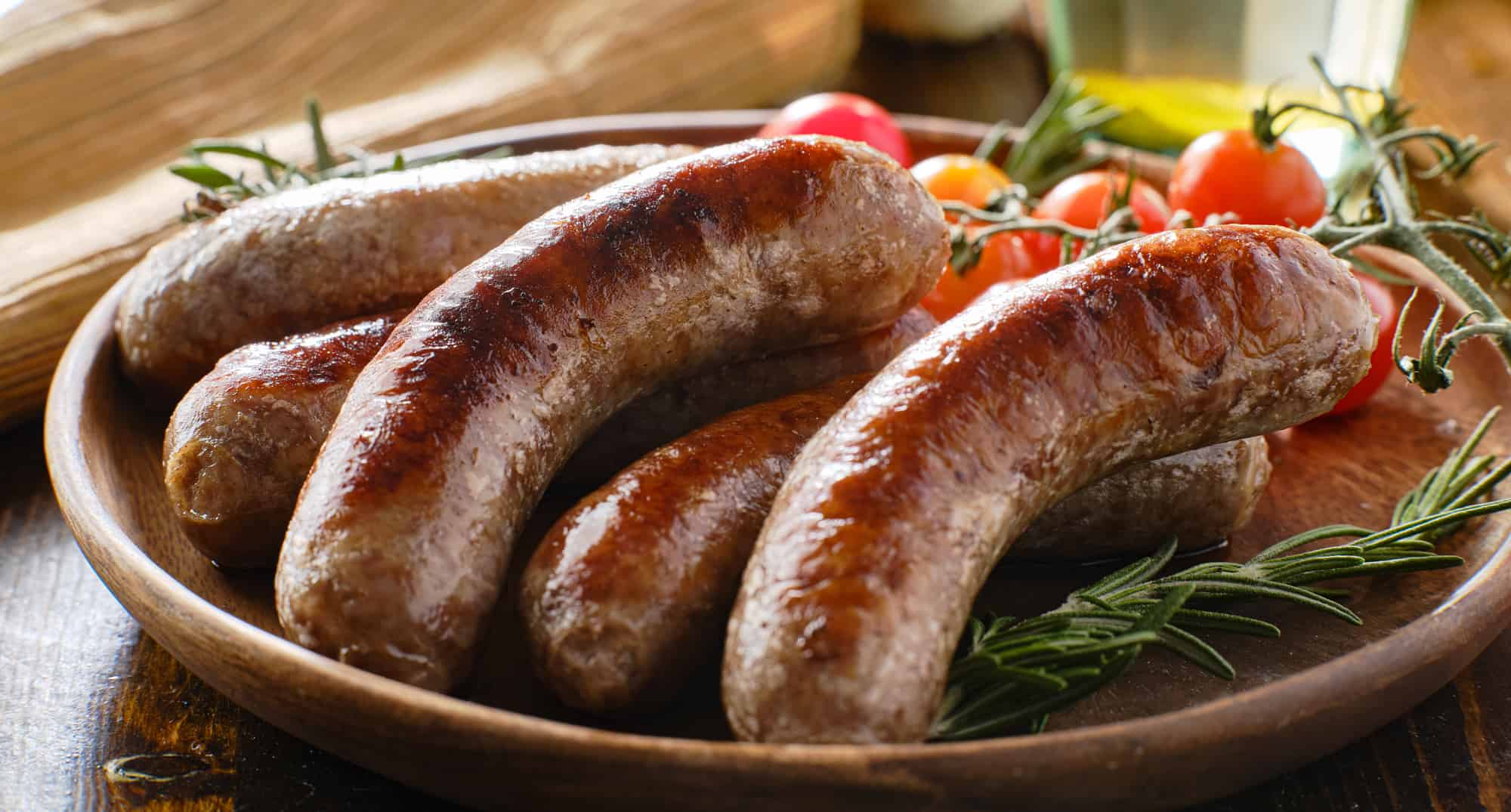
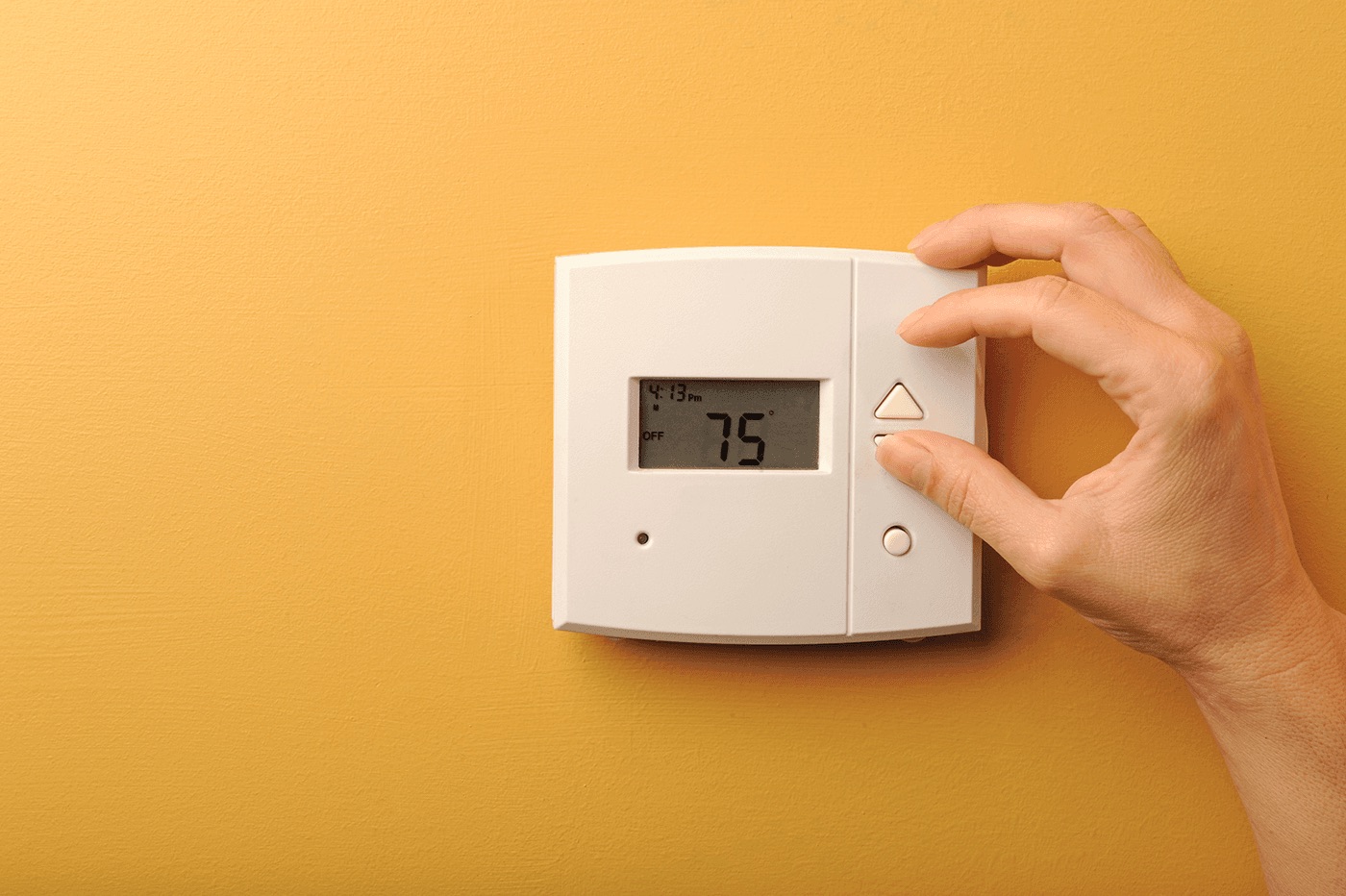
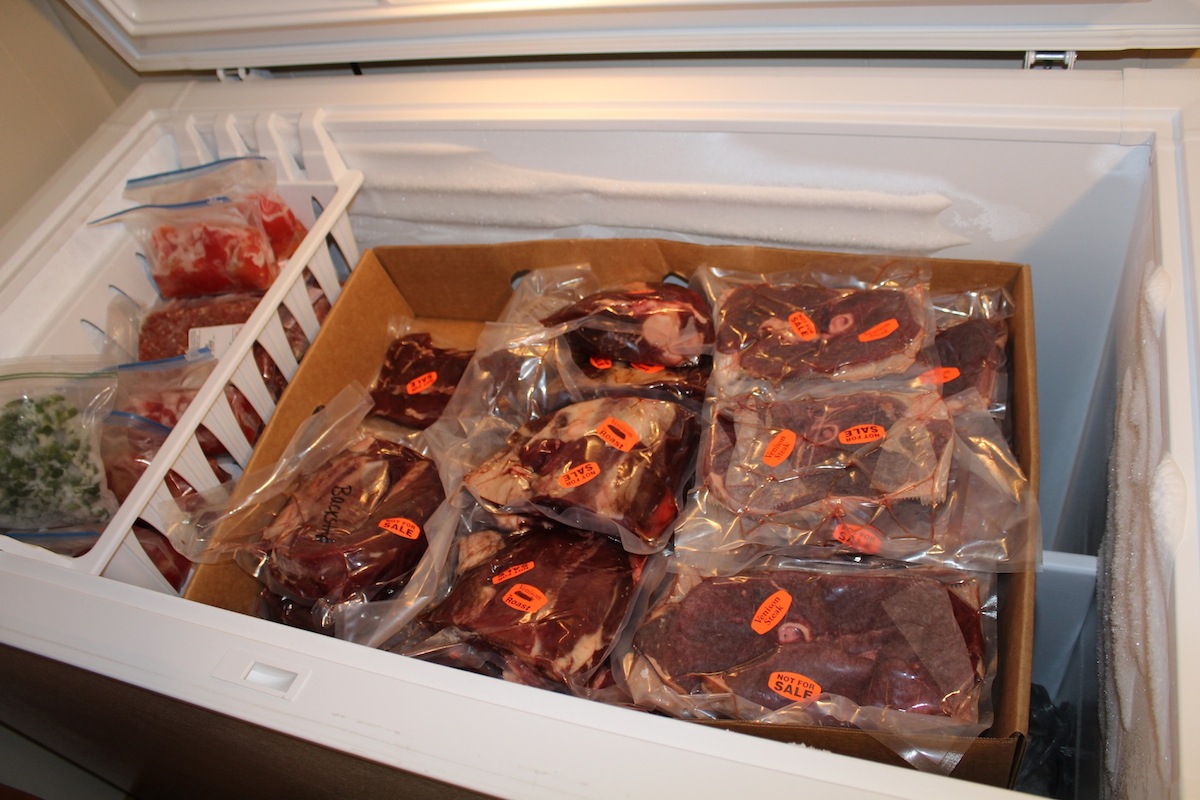
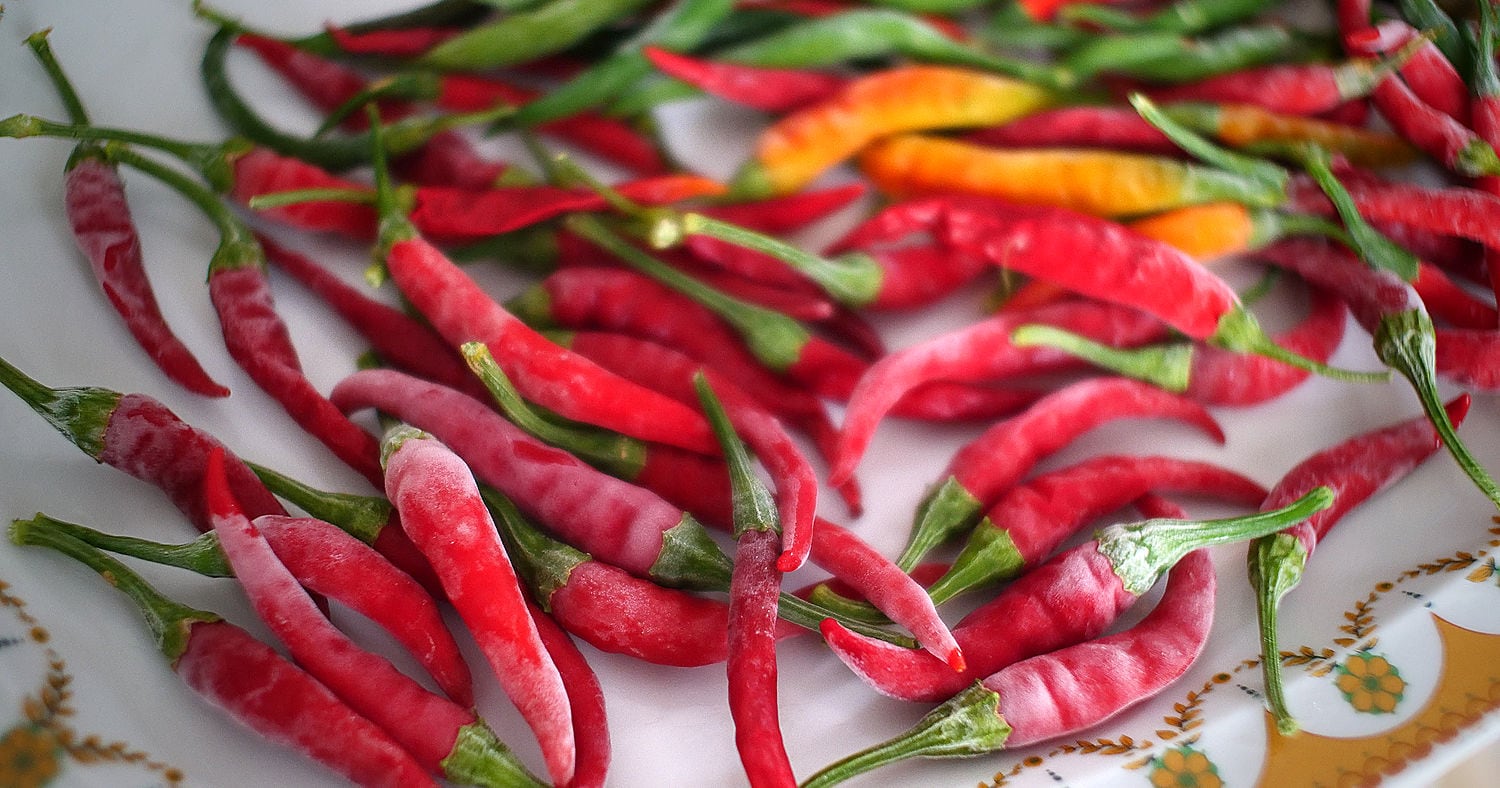
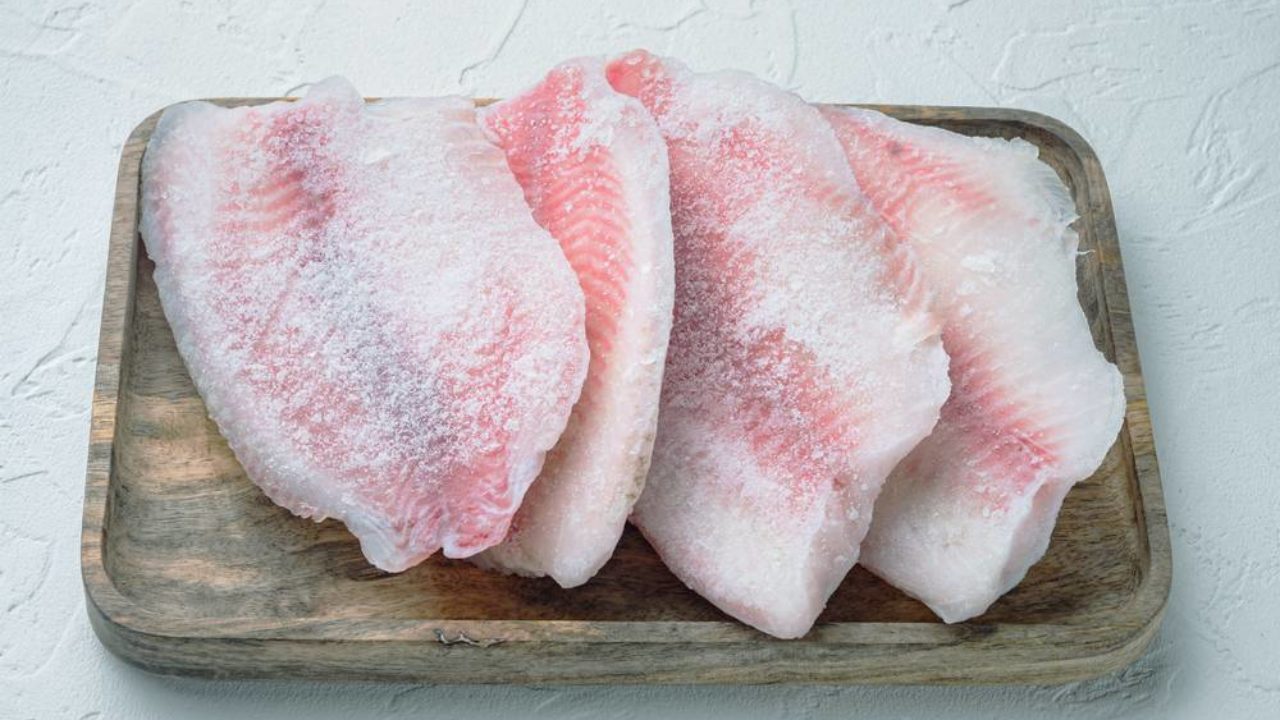

0 thoughts on “What Is A Good Freezer Temp”